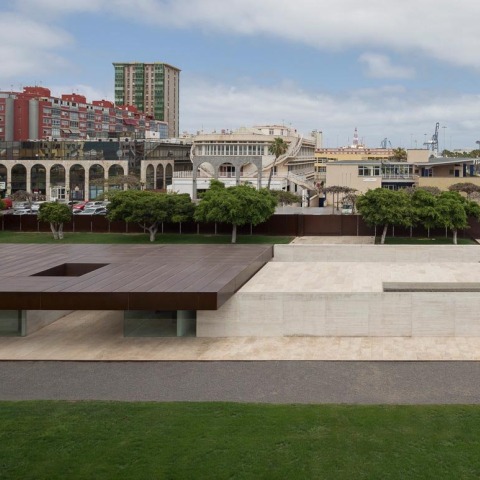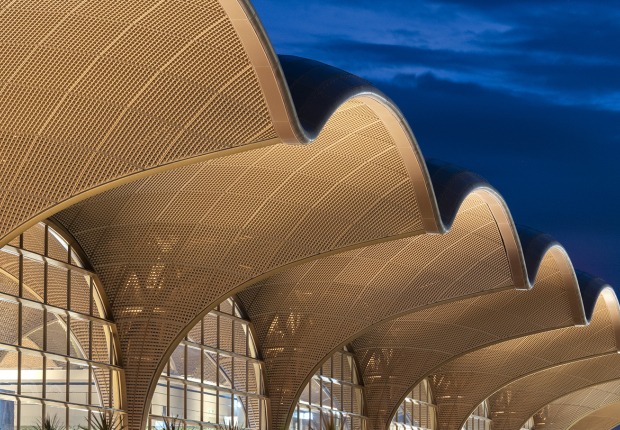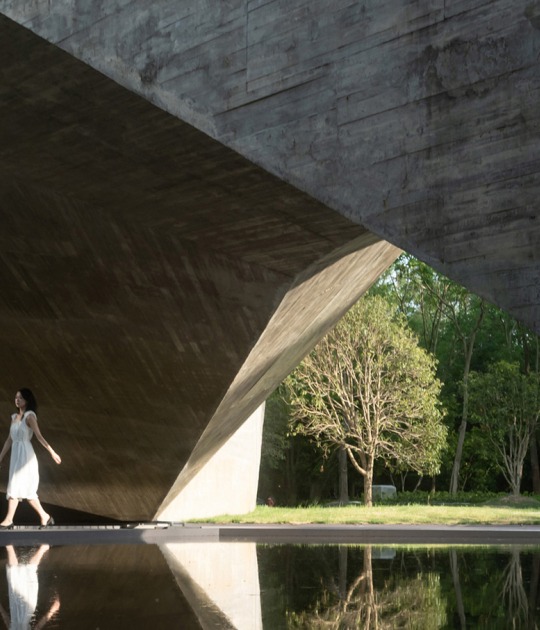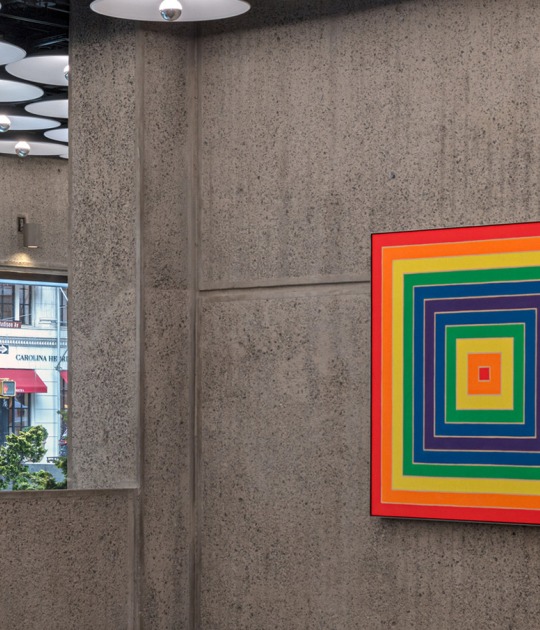The oldest part is constituted by a small tower built at the end of the fifteenth century. A few years later the initial volume was extended to form the square plan. The space between the original tower and the perimeter walls was terraced to enhance its defensive capacity against artillery. The fort, despite participating in feats of arms at the end of the sixteenth century in which it was looted and burned, largely maintained its original formal structure until the twentieth century, when after falling into disrepair and dilapidated, it was rebuilt in 1969.
How should we intervene a building of significant historical value, to transform it into a Sea Museum equipped with the facilities and spaces required by a contemporary museum institution?
The history of the Castillo de la Luz inevitably becomes an argument for the project. If during five centuries the space between the outer walls and the original tower has remained a landfill, we have to empty it: recover the vision of the early fort, transform it into the protagonist of the new museum. This way, interior spaces that had always existed but had remained hidden from view will appear. We will reorganize the circulation system to make it suitable for a museum, incorporating light walkways and a new staircase and lift. Finally, we will remove all recent added elements that do not belong to the original building. We will cover the new areas with a concrete slab that is separated from the old tower, leaving thin fissures through which natural light will slip inside.
Rather than rebuild or rehabilitate the Castle, we will have emptied it, we will limit ourselves to making its past visible, waiting for the building to expose itself and its own history, regardless of the future collections that will be incorporated to it. Outside, we will unmount a newly built perimeter false pit, releasing a large area of land to the original level of the fortification, which will allow us to perceive it in its real dimension again.
A new partially buried pavilion will use the slope that the growth of the city has produced over centuries, and will incorporate those additional spaces needed by the museum: access, ticketing, publications, restrooms, storage, facilities, and multipurpose room. The roof, a horizontal platform that barely emerges from the terrain, will be the only visible trace of an intervention that is not intended to compete with the Castillo it serves and complements.
Text by .- Enrique sobejano and Fuensanta Nieto.
CREDITS.-
Architects.- Nieto Sobejano Arquitectos.
Leading Architects.- Fuensanta Nieto, Enrique Sobejano.
Project Architects.- Pedro Quero, Alexandra Sobral.
Collaborators.- Carlos Ballesteros, lago Blanco, Mauro Herrero, Juan Carlos Redondo.
Site Management.- Nieto Sobejano Arquitectos, S.L.P., Fuensanta.Nieto – Enrique Sobejano, Miguel Mesas Izquierdo, José Mena, Edward Lynch, Aparejadores
Structures: N.B.35, S.L.
Facilities.- Aguilera Ingenieros, S.A.
Models.- Nieto Sobejano Arquitectos, S.L.P.
Client.- Ministerio de Fomento.
Construction.- Trycsa_Técnicas de la Restauración y Construcciones, S.A
Location.- Las Palmas de Gran Canaria, Las Palmas, Spain.
Project Year.- 2013.









































